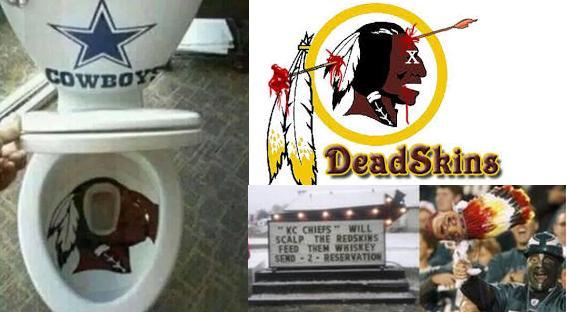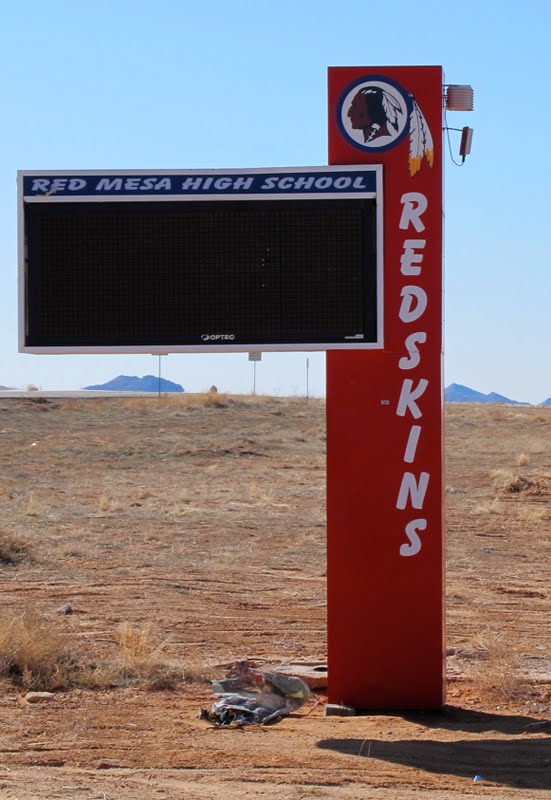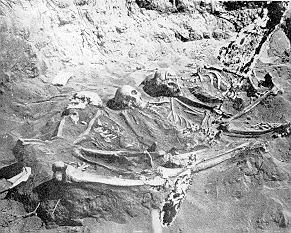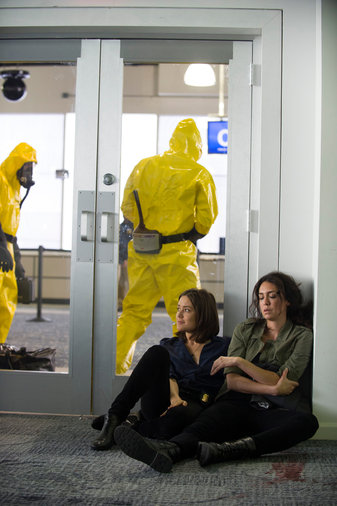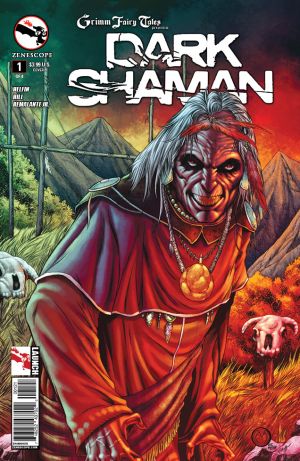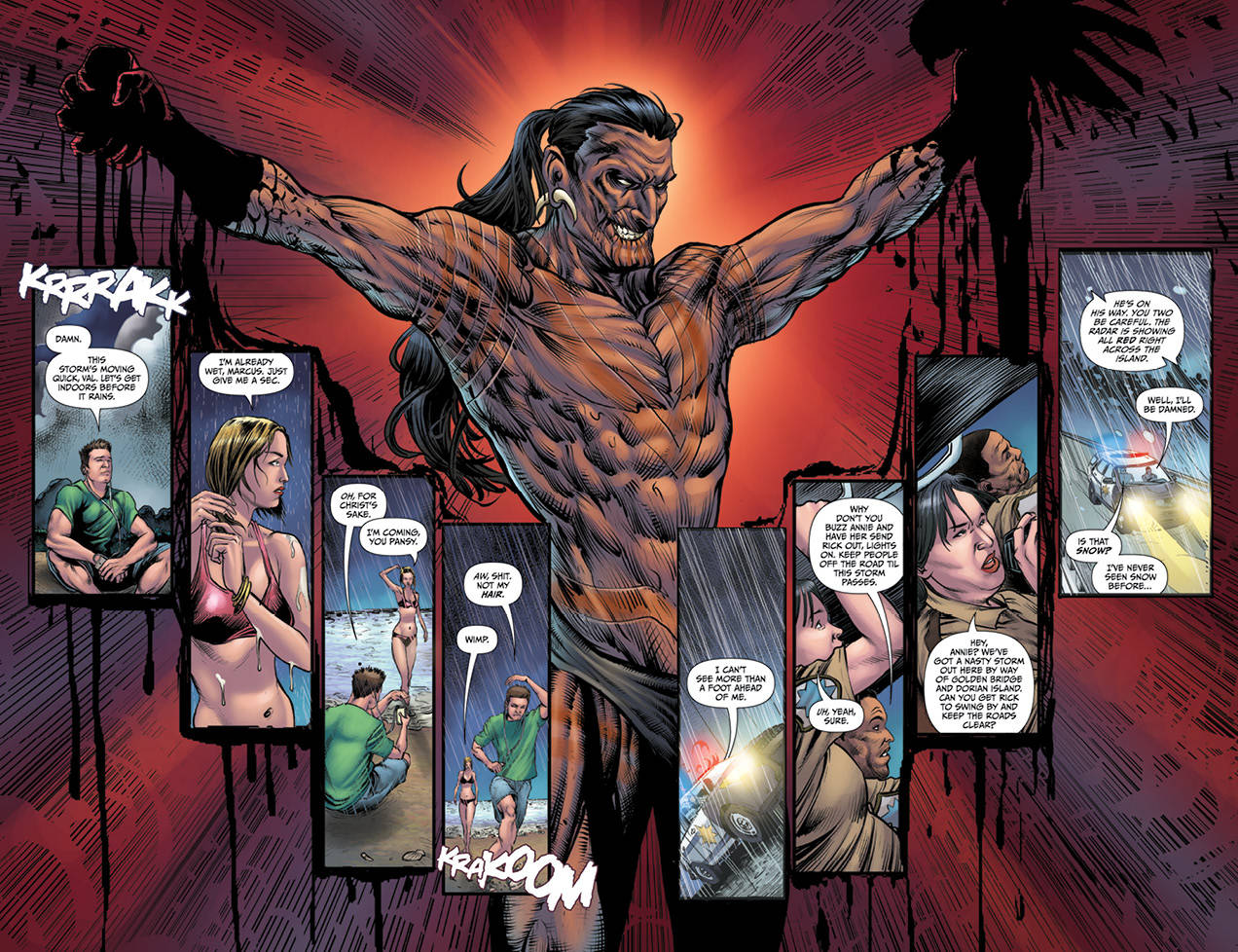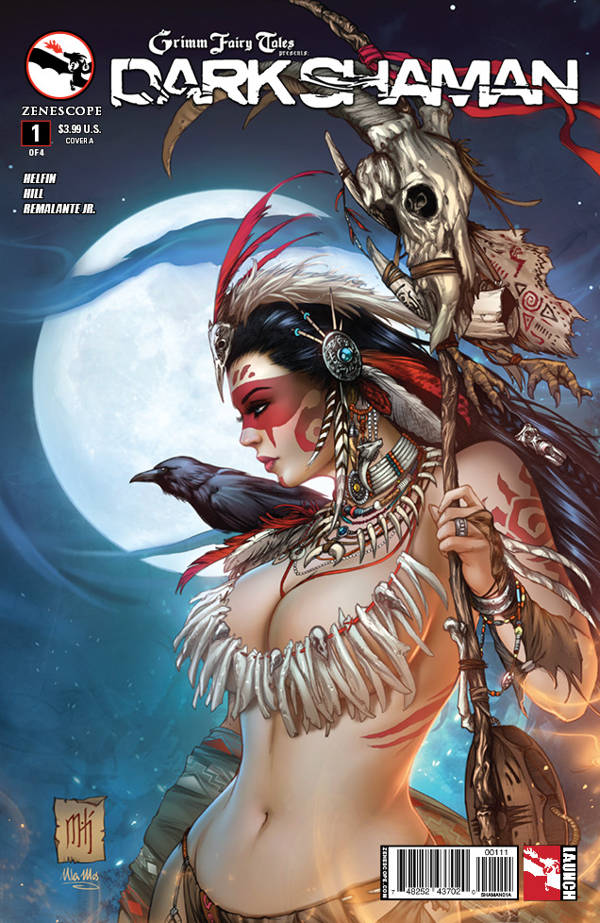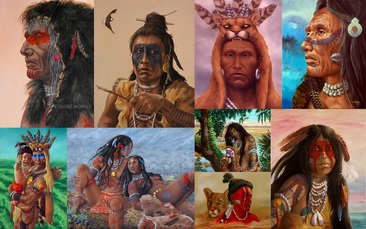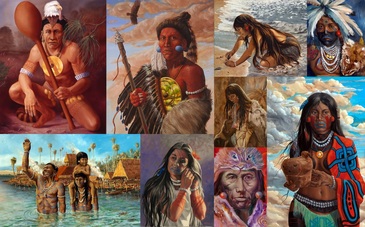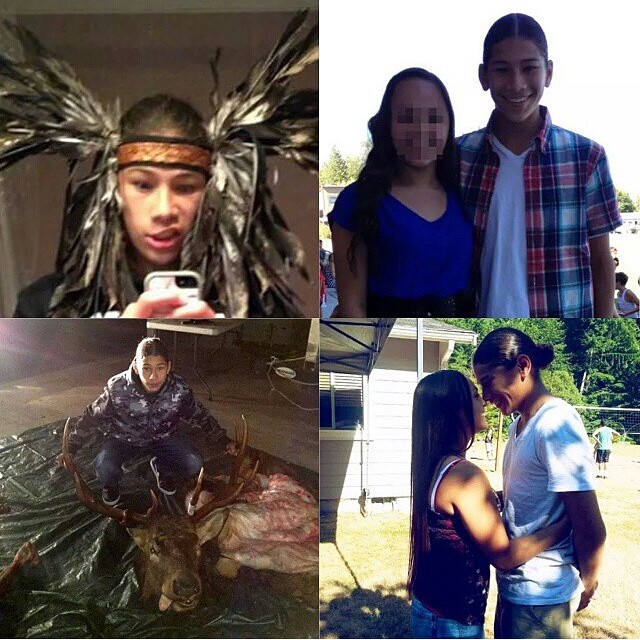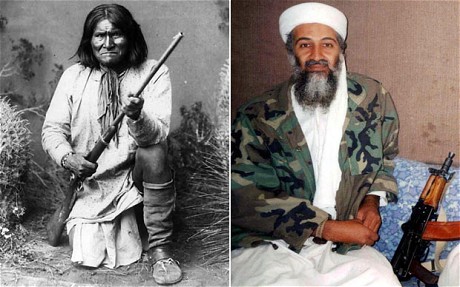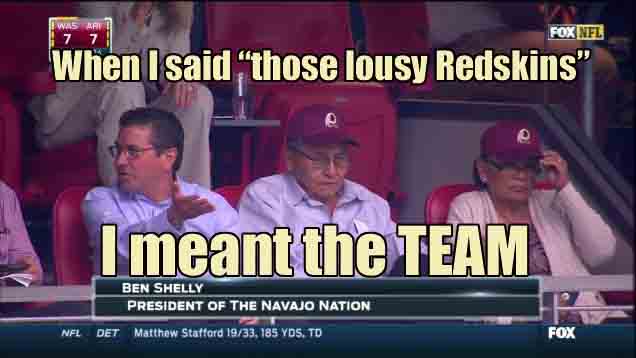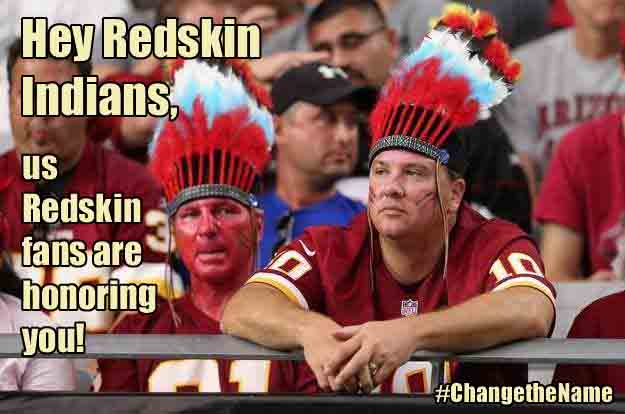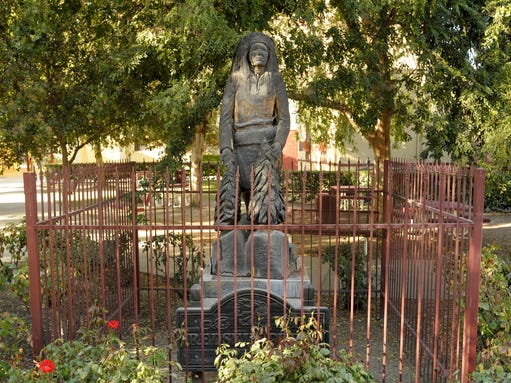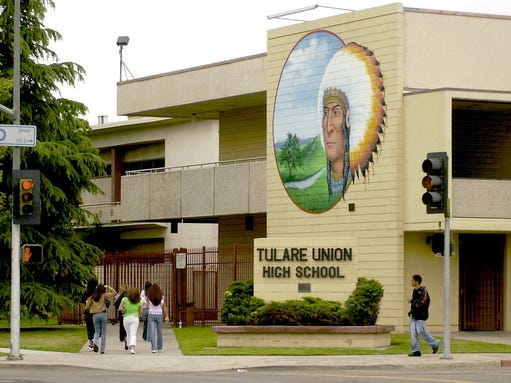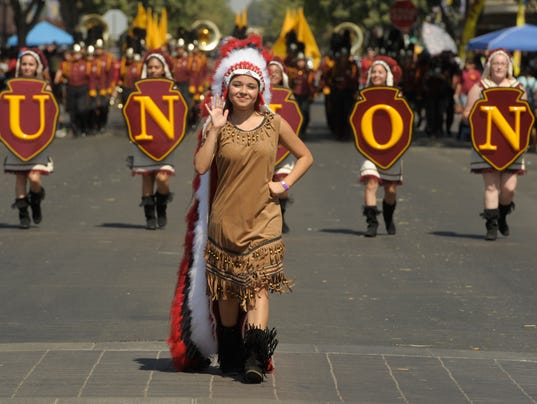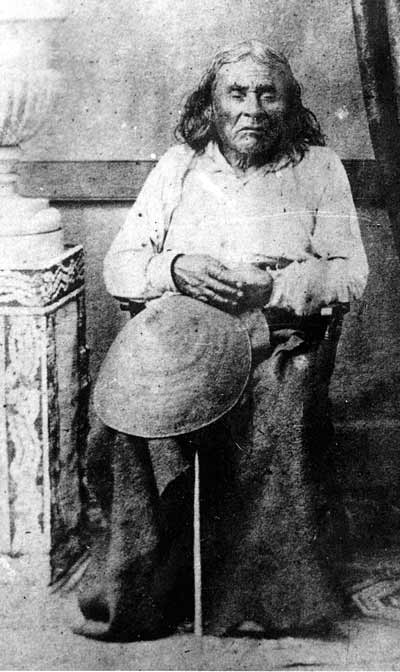Santana Moss explains his new Native American-themed tattoo
By Dan SteinbergSantana Moss got a new tattoo on his leg. It’s kind of large. And pretty evocative.
“S/o to my Boi @tattzbyd for coming up to bless me wth this Cherokee mural representing my ancestors,” Moss wrote on Instagram.
Chad Dukes asked Moss for further details this week on his 106.7 The Fan program.
“I’ve been wanting to do another tattoo for like the last 10 years,” Moss explained, mentioning his Miami-based tattoo artist, tattzbyd. “He does great work. So I’ve been like ‘I want him to do something for me, i just don’t know what.’
“And one day it just clicked,” Moss went on. “You know, I’ve heard so much about my mom’s side—she [has] a lot of Cherokee Indians in the family, starting back with my grandmother and her mom and their mom—so I just wanted to do something honoring them. And it came about, and I told him what I wanted—look up some chiefs, look up this and that. And he just put a little mural together for me and he went to work on my leg.”
I heard about Moss’s tattoo because @RedskinsFacts—the team-funded name-defense organization—tweeted about it approvingly. And that will obviously have some people wondering if Moss’s tattoo relates to the NFL franchise. Dukes asked Moss if he was worried about people making that connection.
“Don’t bother me; I won’t bother you,” Moss said.
Comment: Adrienne Keene of Native Appropriations tweeted the following in response:
Dr. Adrienne K. @NativeApprops
Hey Santana Moss, this ish isn't even REMOTELY "Cherokee": http://www.washingtonpost.com/blogs/dc-sports-bog/wp/2014/10/22/santana-moss-explains-his-new-native-american-themed-tattoo/ … WILL IT EVER STOP? Plains stereotypes =/= Cherokee.
Dr. Adrienne K. @NativeApprops
Absolutely hilarious this was promoted on @redskinsfacts. So typical of their "facts"...claiming respect/honoring but lacking basic research
And a comment from Dinah on Facebook:
Really? He 'pays tribute' through images that aren't remotely Cherokee? THIS is why we fight this crap!His instructions were: "Look up some chiefs, look up this and that." Glad he's so deeply committed to researching and understanding his supposed Cherokee ancestors.
The stereotype here, of course, is that all Indians are interchangeable or the same. Wrong.
Analysis
From what we can see, the images may have come from romanticized paintings by non-Natives. For instance, by Kirby Sattler, who is infamous for inspiring Johnny Depp's crow head.
I say paintings because modern Indians generally don't paint stripes on their faces. And old photographs usually aren't this detailed and aren't in color.
There's also a painted horse, which undoubtedly comes from a Plains tribe. The Cherokee don't have any tradition of painting their horses.
I'd have been impressed if the tattoos included Sequoyah, John Ross (in suit and tie), Will Rogers, Wilma Mankiller, et al. Because these are among the most famous Cherokees in history.
But they didn't wear feathers and leathers, didn't paint their faces. They don't look primitive or uncivilized. They wouldn't suggest how "cool" and "tribal" Moss is. And that was Moss's real goal: not to honor actual Cherokees, but to link himself to savage warriors.
He may have Cherokee blood--although everyone from Elizabeth Warren to Johnny Depp claims that and they're usually wrong. But I'd still call him a wannabe. He's trying to become Indian just as a mascot lover does--by appropriating and imitating someone else's culture.










